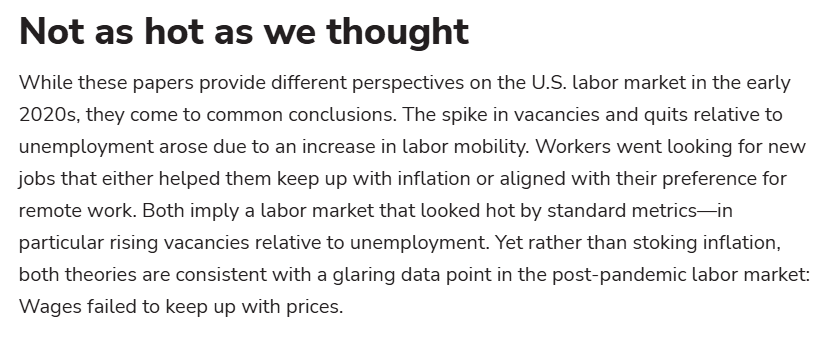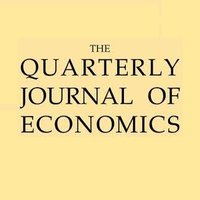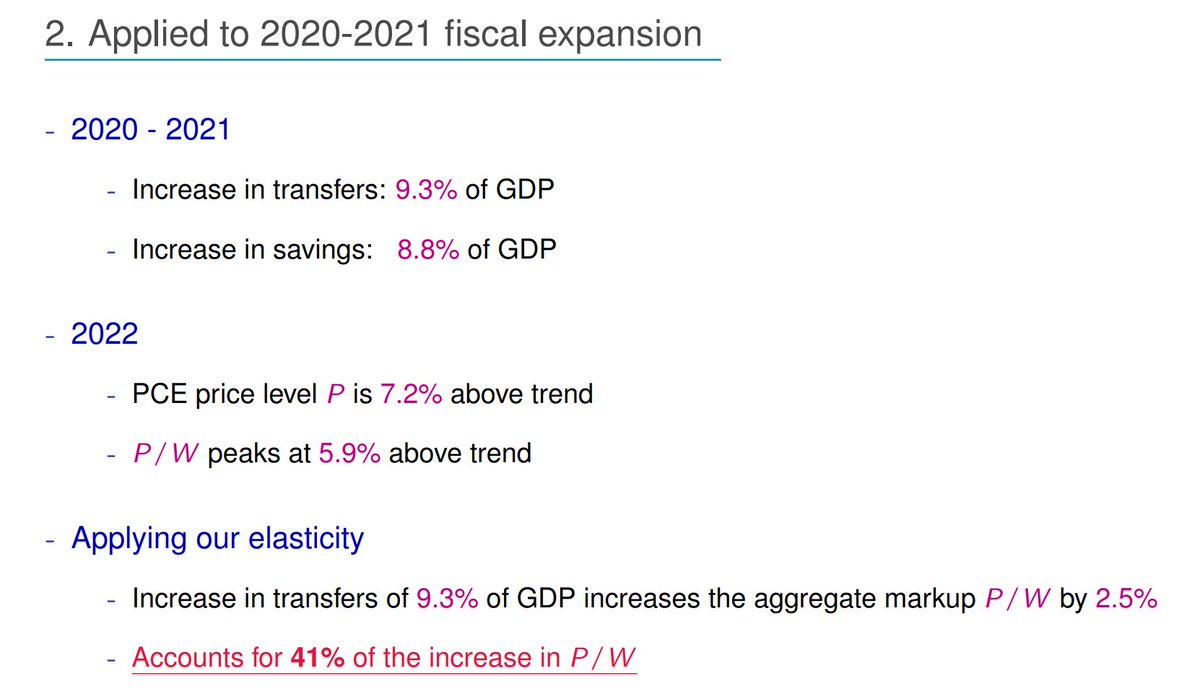
Simon Mongey
@simon_mongey
Senior Research Economist at Minneapolis Fed. Views here are my own, not those of the Fed.
ID: 1115432672220860416
http://www.simonmongey.com 09-04-2019 01:54:07
2,2K Tweet
6,6K Takipçi
490 Takip Edilen


Insightful piece by Simon Mongey which highlights the common denominator between my paper with Bagga, Mann, and Sahin, "Job Amenity Shocks and Labor Reallocation" and the paper by Afrouzi, Blanco, Drenik, and Hurst, "A Theory of How Workers Keep Up with Inflation", summarized





The main thesis in Annie Lowrey 's The Atlantic article is consistent with our paper Pricing Inequality (with Mike Waugh), which links household balance sheets over the pandemic, to lower price sensitivity of households and how firms' prices respond. Exciting stuff!




Why have the #tariff impacts been delayed? the take from Minneapolis Fed minneapolisfed.org/article/2025/t…






This is incredibly exciting! John somehow knows a lot about everything in macro. Congratulations John, Austan Goolsbee, and ChicagoFed!

#QJE Nov 2025, #3, “Bottom-Up Markup Fluctuations,” by Burstein, Carvalho (@camecon), and Grassi (Basile Grassi): doi.org/10.1093/qje/qj…

Is U.S. inflation continuing its progress down to the Fed's 2% target? In the latest "Basket," Senior Econ Writer Jeff Horwich calls out the three big inflation trends you need to know.




